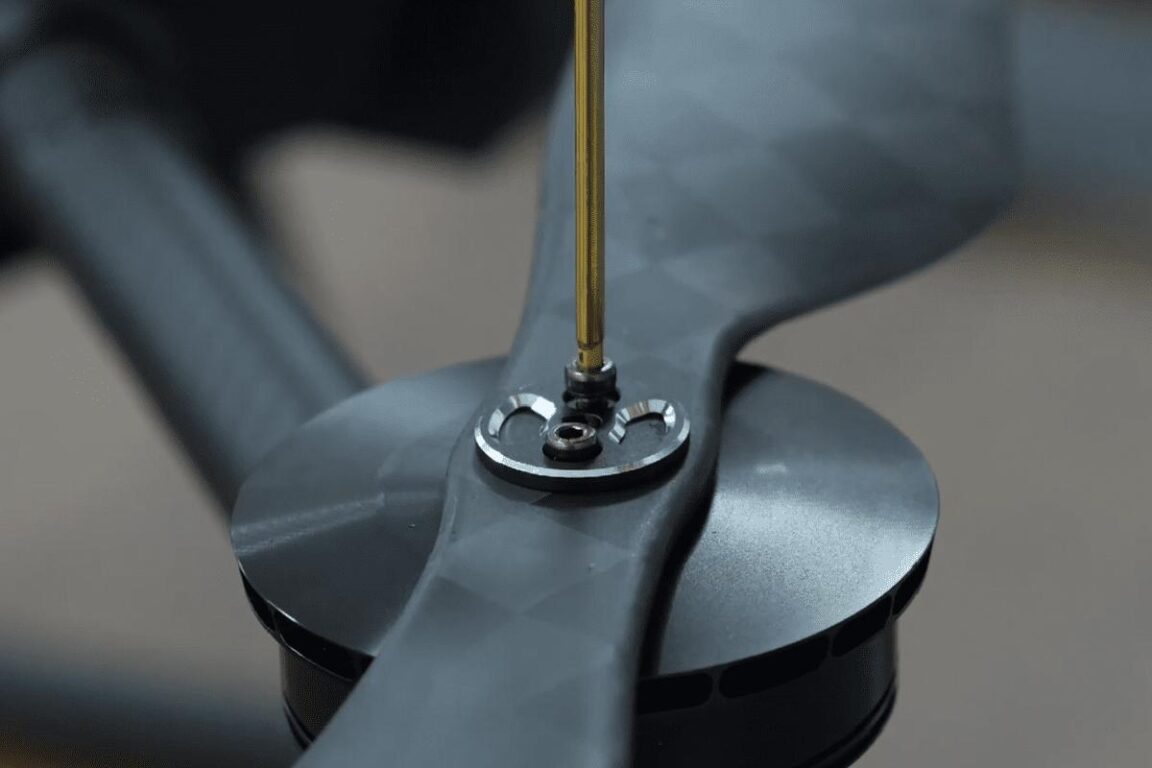About
Drone-Propellers – Multirotor with 3 propeller have better Yaw authority than any other design. That mean then can turn on themselves. Do a 180 faster than any other multirotor design. They pilot more like plane in fast forward and more like a helicopter in hover so its a bit harder to pilot.
On a typical multirotor you usually find 4 or more motor/prop, 4 is the bare minimum you can use to avoid moving mechanical part other than the rotor them-self. when you go down to 3, its not most impossible, or very dificult to pilot because you have 2 propeller running CW and 1 running CCW which mean the craft will want to Yaw on its own because of the torque exertes don’t balance out.
On a quad-copter, there’s an equal amount of torque on both CW and CCW . So it balance out, when you want to Yaw one way or the other, the 2 CW motor slow down and the CCW speed up for example, which cause the craft to rotate on itself.
What Are Different Techniques Use Drone-Propellers
On a tri-copter, to balance the torque mismatch, there’s 2 different technique use:
Fixed Angle Rear Motor Mount: in this case the rear motor is inclines at a specific angle so that the angle in thrust balance out the angle of torque. this design is simple but don’t offer any advantage over traditional quad-copter other than saving a motor, in fact its has the disadvantage of having less overall thrust because some of it is use to overcome torque.
Motorized Yaw Motor Mount: The rear motor can be rotates by a servo to accommodate various angle of thrust. this design is very agile and stable, since the 2 front propeller provide a stable lift and doesn’t need to adjust torque, the tail servo do all the work of keeping the craft Yaw stable.
Why Are Drone Propellers In A Bent Shape?
It has long known that a curves shape or sabre shapes blade is just as efficient. It as a rectangular blade. However the the entirety of the prop blade is air flow in cross section and just as a wing on their craft is presents to the oncoming however all propeller blades are airfield cross-section step back your theory a flight back the wing of anaircraft is effective up to its maximum angle of attack at which point it stalls same order to get around this the manufacturer will put a twist in the blade from route to tip to keep the angle of attack and bill development of lift which is now the thrust equal across thewhole length of the blade the downside being manufacturing and repair techniques
The micro and mini drones such as the Hubsan X4 and the Syma X1 have weak motors and relatively soft props, so injury more than a scratch or a cut would seem unlikely. When you start stepping up in size to so-called “brushless” motors which are much larger in size and may have hard carbon fiber propellers, there is definitely a danger.
Conclusion
The Drone propeller, you will notice that the blades are fixs semi-airfoil and wider at the hub than the tip (because it moves through the air slower at the hub and this is an attempt to normalize the lift across the entire section)


